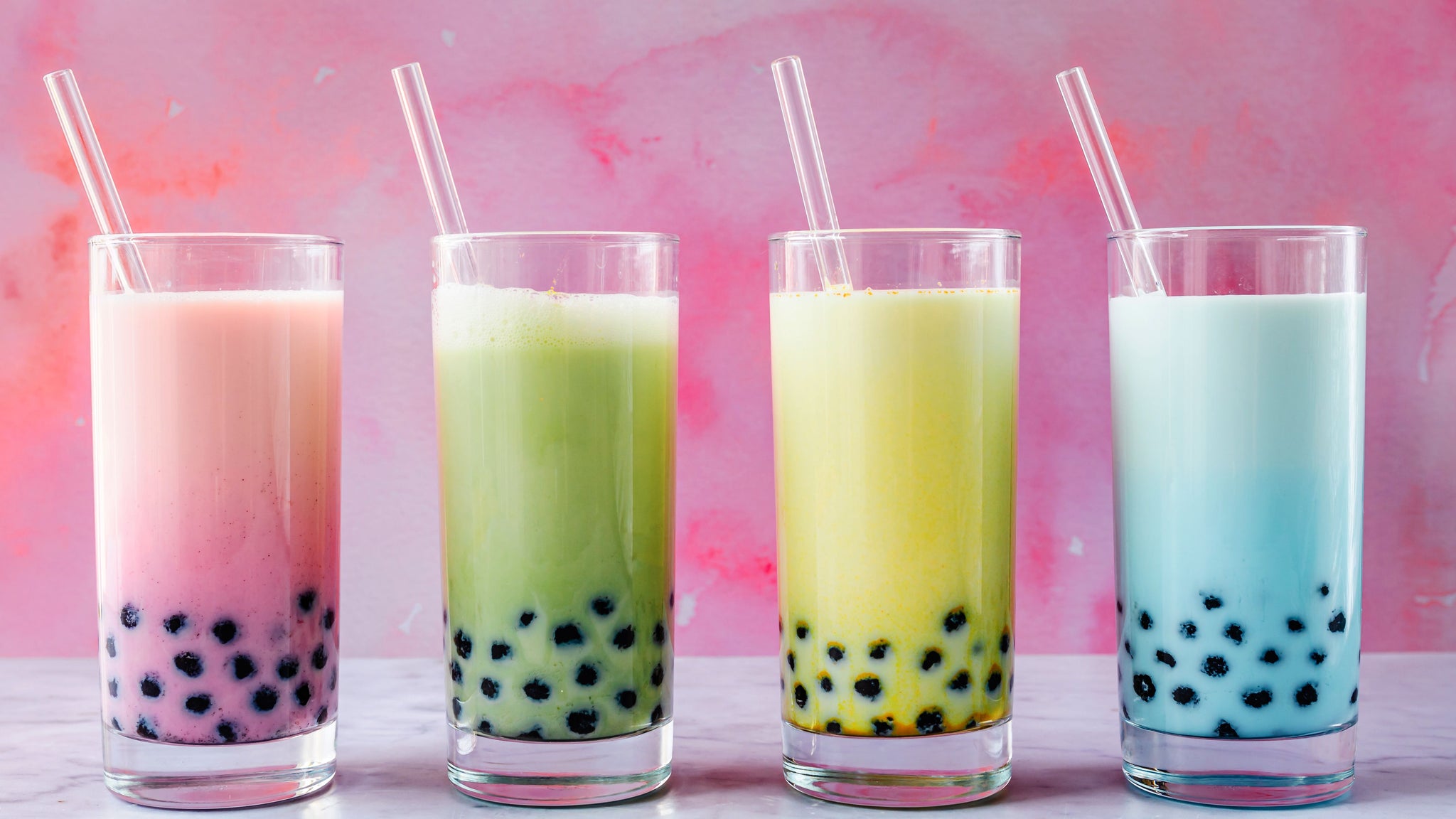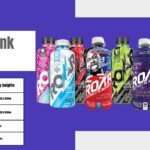The Europe Bubble Tea market is projected to grow significantly from USD 1,054.1 million in 2025 to a staggering USD 2,391.3 million by 2035. This growth, occurring at a compound annual growth rate (CAGR) of 8.5% during the forecast period, underscores the continent’s growing appetite for innovative and culturally rich beverage experiences.
Once a niche novelty, bubble tea—originally created in Taiwan—has become a mainstream sensation in Europe. This fusion of brewed tea, chewy tapioca pearls (also known as boba), milk, fruit flavors, and sweeteners has captivated Gen Z and millennials alike. The beverage’s customization options and its striking visual appeal have fueled a loyal following and continued expansion across cafés, quick-service restaurants, and specialty tea shops throughout the region.
The rise of Asian food culture across Europe, combined with a growing consumer preference for experiential and flavorful drinks, has positioned bubble tea as more than a trend—it’s now a staple in many urban centers. Health-conscious consumers are also increasingly drawn to plant-based, dairy-free versions of bubble tea, further boosting the category’s versatility and market reach.
Download a Free Sample: https://www.futuremarketinsights.com/reports/sample/rep-gb-22022
Key Takeaways
- Market Size Surge: Europe’s bubble tea market is forecasted to grow at a CAGR of 8.5% from 2025 to 2035, reaching USD 2,391.3 million.
- Youth-Centric Growth: A younger consumer base is propelling demand, with Gen Z and millennials accounting for a large portion of consumption.
- Innovation-Driven: Product diversification, including healthier options like fruit-infused and non-dairy bubble teas, is accelerating market penetration.
- Retail Expansion: The proliferation of bubble tea chains and inclusion in restaurant menus are enhancing its accessibility and market visibility.
Market Dynamics
Drivers:
The surge in demand for innovative, interactive beverages is one of the primary drivers of the bubble tea market in Europe. With a shift in consumer behavior toward experience-based consumption, bubble tea offers visual appeal and an unconventional texture that sets it apart. The widespread influence of K-pop and Asian street food culture has also heightened curiosity and demand.
Restraints:
However, the market faces challenges such as fluctuating tapioca supply chains and high sugar content concerns, which may limit adoption among older or more health-conscious demographics.
Opportunities:
There is growing potential in the formulation of sugar-free and vegan bubble teas, along with expansion into untapped cities and rural markets. Brands are also experimenting with superfood ingredients like matcha, turmeric, and activated charcoal to align with wellness trends.
Get the Full Report Today: https://www.futuremarketinsights.com/reports/europe-bubble-tea-market
Recent Developments in the Market
- UK-based chains such as Bubbleology and Chatime have launched seasonal flavor rotations to maintain consumer engagement.
- Germany and France have seen a surge in artisanal bubble tea cafés introducing fresh, organic ingredients.
- Online delivery of customized bubble tea kits has grown, particularly in urban centers, allowing consumers to prepare drinks at home.
- Investment in sustainable packaging has become a notable shift among premium brands looking to align with Europe’s environmental goals.
Key Benefits for Stakeholders
- Investors: Strong growth trajectory offers promising ROI and long-term brand building opportunities in food and beverage sectors.
- Retailers: Versatile product lines with cross-selling potential—bubble tea can drive foot traffic and increase average spend.
- Consumers: Expanding product offerings and healthier choices improve access to new and inclusive beverage experiences.
- Suppliers: The demand for tapioca pearls, flavorings, and equipment offers significant opportunities for supply chain players.
Competitive Analysis
The European bubble tea market is becoming increasingly competitive, with both global brands and regional startups vying for consumer loyalty. Some key players include:
- Chatime Europe – Expanding aggressively across major cities with both dine-in and takeaway formats.
- Bubbleology – Known for its vibrant branding and youth-centric marketing, this UK-based chain continues to expand its footprint.
- Gong Cha – With a strong Asian heritage, the brand is leveraging authenticity and premium ingredients to appeal to purists and new consumers alike.
- Local boutique cafés – Innovating with regional flavors (e.g., elderflower, apple cider boba) to cater to local tastes.
These brands are focusing heavily on influencer partnerships, digital campaigns, and limited-edition flavors to maintain market relevance and consumer excitement.





